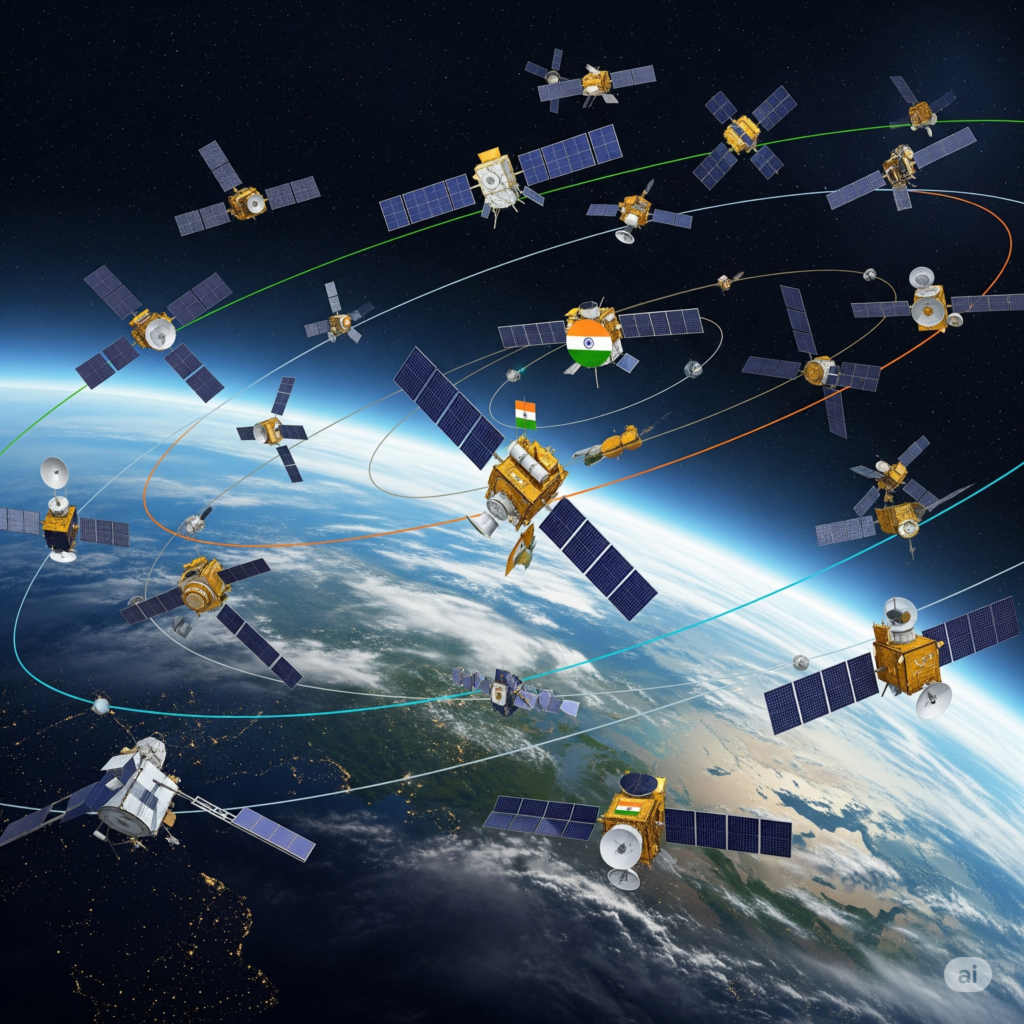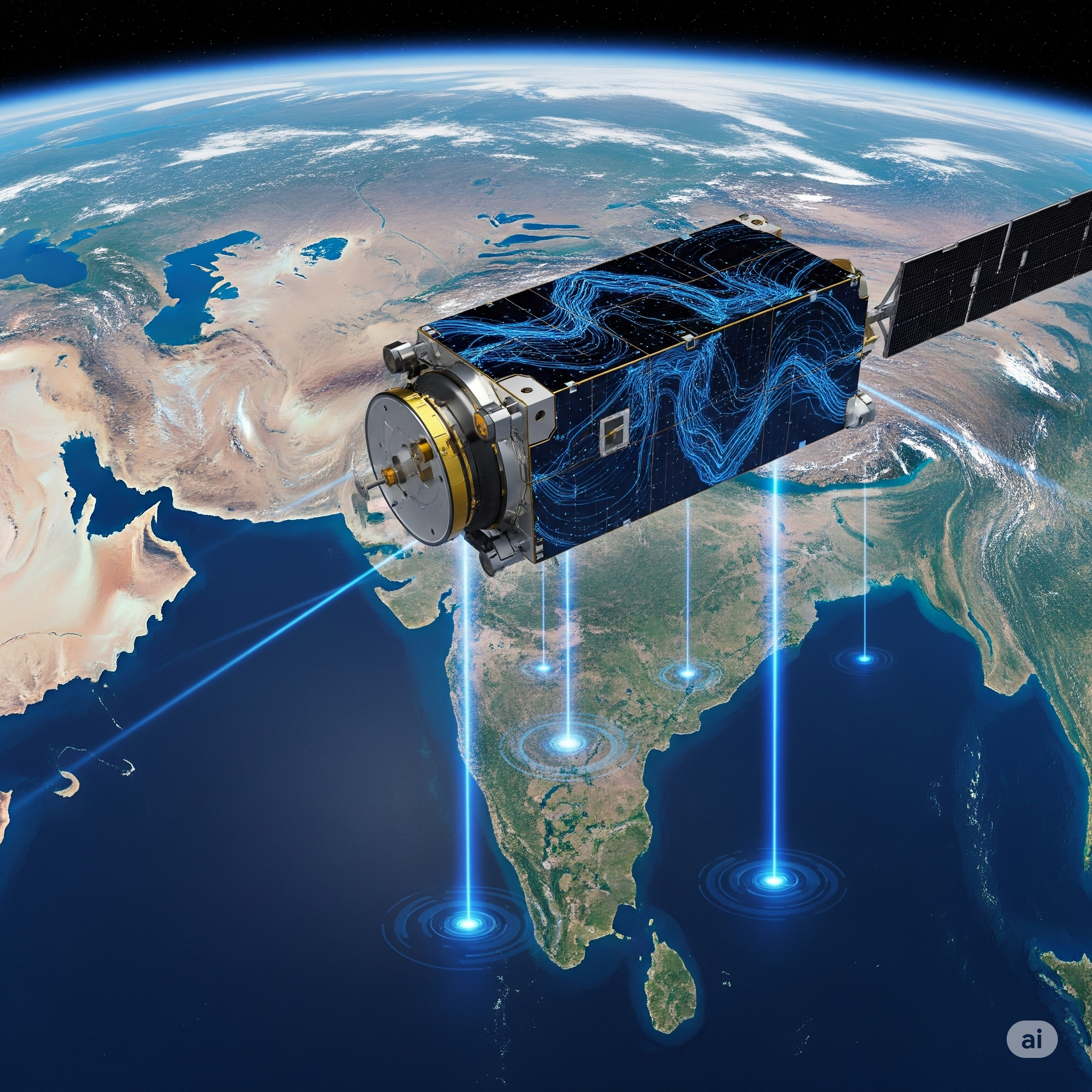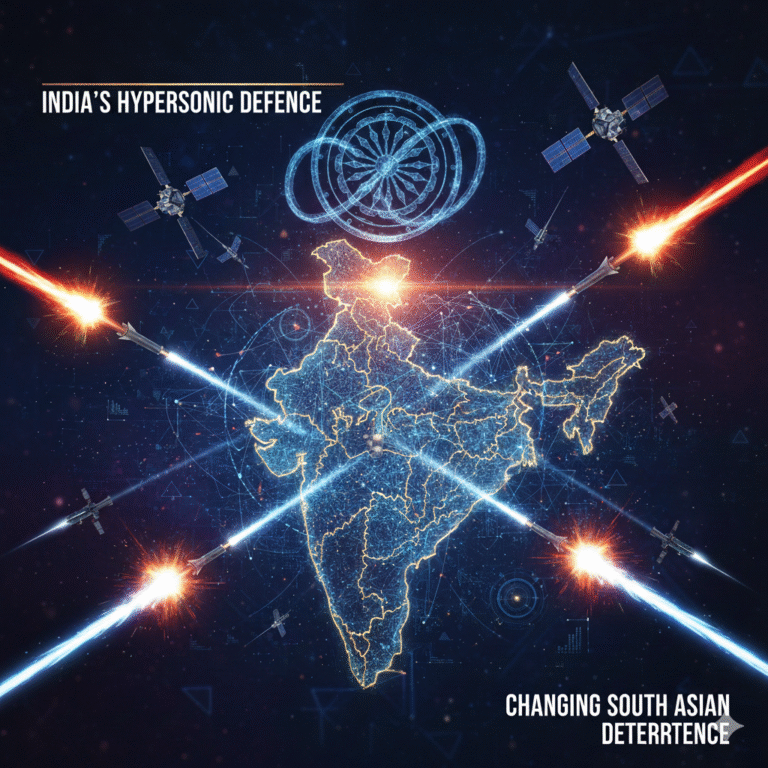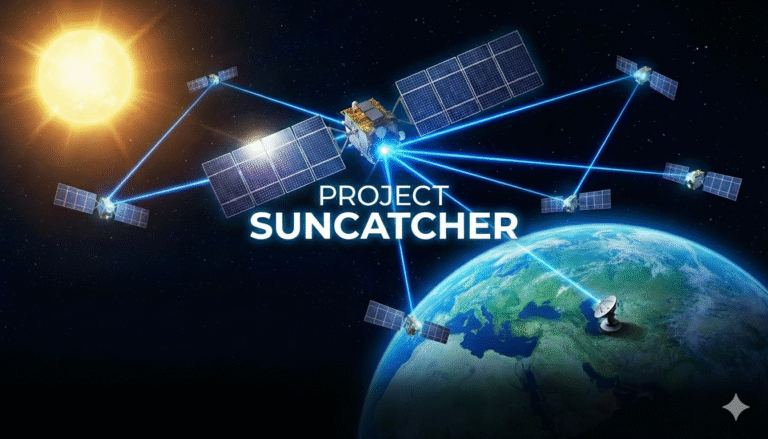India’s Sky-High Vision for Security
In a major move to transform its strategic capabilities, India is set to deploy 52 satellites under the Space-Based Surveillance (SBS) Programme. These will be positioned in both Low Earth Orbit (LEO) and Geostationary Orbit (GEO) to provide real-time situational awareness for military, border, and maritime operations.
This programme is not just about defence—it reflects a national shift toward integrated space infrastructure for both civilian and strategic uses.
“Space is the new frontier of geopolitics. India must not be left behind,” says Lt. Gen. Vinod Bhatia (Retd.), former Director General of Military Operations.
🛰️ What Is the SBS Programme?

The Space-Based Surveillance Programme is India’s response to increasing global investment in space militarisation and satellite reconnaissance. It seeks to:
- Strengthen real-time domain awareness across air, land, and sea
- Support the tri-services (Army, Navy, Air Force)
- Provide civilian disaster monitoring, border management, and maritime safety
- Integrate data into a single, AI-powered command system
🌍 The Tech Behind the Mission
India’s plan includes:
1. Low Earth Orbit (LEO) Satellites
- Orbit between 200–2,000 km from Earth
- Provide high-resolution images
- Faster revisit times
- Ideal for tactical battlefield updates and troop movements
2. Geostationary Orbit (GEO) Satellites
- Orbit at ~36,000 km
- Stay fixed over one location
- Best for persistent coverage of maritime zones and borders
These satellites will work alongside existing assets like Cartosat, RISAT, and EMISAT.
🧠 Role of Artificial Intelligence
AI will play a critical role in:
- Image analysis for detecting movement or anomalies
- Predictive modelling for border infiltration
- Data fusion from multiple sources (satellites, drones, radars)
This aligns with India’s broader AI initiatives in defence, including the DAIIC (Defence AI Integration Cell).
🌊 Maritime Domain Awareness (MDA)
India faces complex maritime challenges:
- Chinese naval expansion in the Indian Ocean
- Illegal fishing, piracy, smuggling
- Threats to undersea cables and trade routes
The SBS programme will give the Indian Navy an edge through:
- Real-time ship tracking
- Coastal radar integration
- Deep-sea surveillance with satellites like OCEANSAT and GAGAN-based signals
🇮🇳 Strategic Context: India’s Position in Space Defence
Other major powers like the US, China, and Russia have already integrated space surveillance into their military doctrines. India, through this programme, aims to:
- Reduce dependency on foreign satellite data
- Prepare for space warfare contingencies
- Join the elite club of nations with autonomous military space capabilities
India conducted Mission Shakti in 2019—its first anti-satellite test—showcasing its intent to defend space assets.
🧩 Civilian Applications & Dual-Use Benefits
While the SBS programme is defence-led, it offers civilian spillovers:
- Disaster management: Earthquakes, floods, landslides
- Environmental monitoring: Forests, glaciers, pollution
- Agricultural insights: Crop health, water bodies
- Urban planning and smart cities
The dual-use nature of the programme allows for broader national development.
📊 Numbers That Matter
- ₹12,500 crore estimated budget for the full SBS rollout by 2028
- 52 satellites planned: 35 LEO, 17 GEO
- 24/7 surveillance covering entire landmass and key ocean corridors
- ISRO & DRDO are primary developers, with private sector participation under IN-SPACe
🚧 Challenges Ahead
India’s ambition is bold, but it faces:
- Space traffic management with rising global satellite launches
- Cybersecurity risks to satellite command systems
- Need for quantum encryption and secure communication protocols
- Budgetary constraints and bureaucratic delays
🔭 Final Orbit: Why This Matters
The SBS programme marks India’s most ambitious defence space push to date. In an era where geopolitical dominance extends to the exosphere, space-based surveillance is not a luxury—it’s a necessity.
As the world watches satellites race across the skies, India is ensuring it has eyes of its own, sharp and strategic, watching back.









+ There are no comments
Add yours